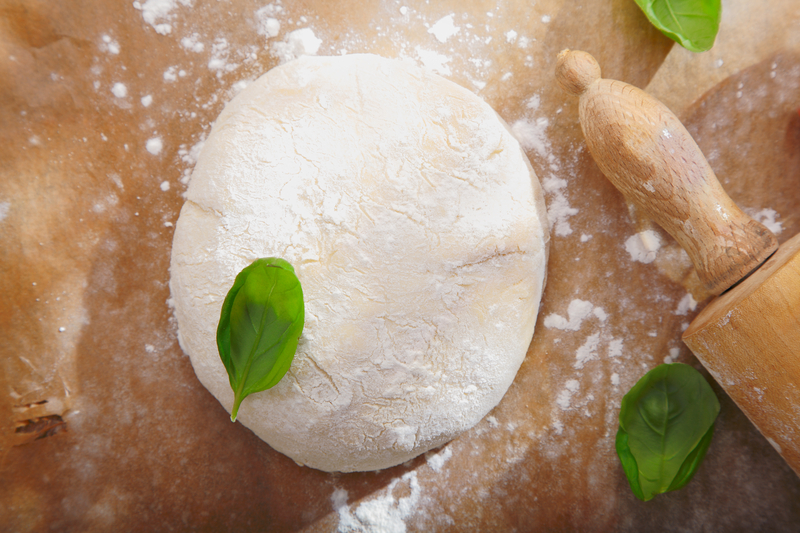 Baking homemade bread is a gratifying endeavor that allows you to savor the delicious aroma and taste of fresh, warm loaves straight from your oven.
Baking homemade bread is a gratifying endeavor that allows you to savor the delicious aroma and taste of fresh, warm loaves straight from your oven.
One of the fundamental steps in bread making is mixing the dough, and getting this step right is crucial for achieving the perfect texture and flavor in your bread.
Whether you’re a seasoned baker or a novice, learning how to mix bread dough properly is essential.
In this article, we’ll guide you through the process with step-by-step instructions and tips to help you become a master breadmaker.
Understanding the Ingredients
Before diving into the mixing process, it’s important to understand the key ingredients in bread dough:
- Flour
Choose high-quality bread flour, which has a higher protein content than all-purpose flour, for better gluten development and a chewier texture.
- Water
The amount and temperature of the water are critical for dough hydration and yeast activation.
- Yeast
Yeast is the leavening agent that makes bread rise.
You can use either active dry yeast or instant yeast, but follow the recommended measurements and instructions on the package.
- Salt
Salt enhances the flavor of the bread and helps regulate yeast activity.
Equipment You’ll Need
 Before you start mixing your bread dough, gather the necessary equipment:
Before you start mixing your bread dough, gather the necessary equipment:
- Mixing Bowl
Use a large mixing bowl that can comfortably hold your dough and allow room for it to rise.
- Measuring Cups and Spoons
Accurate measurements are crucial for consistent results.
- Mixing Utensils
You can use a dough whisk or a stand mixer with a dough hook attachment.
- Thermometer
A kitchen thermometer is helpful for ensuring your water is at the correct temperature.
The Mixing Process
Now that you have your ingredients and equipment ready, let’s go through the steps to mix bread dough:
1. Combine Dry Ingredients
In your mixing bowl, add the flour and salt.
Mix them together thoroughly to evenly distribute the salt.
2. Activate the Yeast
If you’re using active dry yeast, dissolve it in warm water (around 110°F/43°C) along with a pinch of sugar.
Let it sit for about 5-10 minutes until it becomes frothy.
If you’re using instant yeast, you can mix it directly with the dry ingredients.
3. Add the Yeast Mixture
Pour the yeast mixture into the bowl of dry ingredients.
4. Mix
Using your mixing utensil, stir the ingredients until a rough, shaggy dough forms.
5. Knead
Turn the dough out onto a floured surface and knead it for about 10-15 minutes.
This step develops gluten, giving the bread structure and elasticity.
6. Rest and Rise
Place the dough back into the mixing bowl, cover it with a clean kitchen towel or plastic wrap, and let it rise for 1-2 hours, or until it has doubled in size.
7. Shape
After the dough has risen, gently punch it down to release air bubbles and shape it into the desired form (e.g., a loaf or rolls).
8. Second Rise
Allow the shaped dough to rise again for about 30 minutes to an hour.
9. Preheat and Bake
Preheat your oven to the recommended temperature and bake your bread according to your recipe’s instructions.
Tips for Success

- Consistency: Measure your ingredients accurately to maintain consistency in your bread.
- Kneading: Knead your dough until it becomes smooth and elastic. This step is crucial for good texture.
- Temperature: Pay attention to water temperature for yeast activation. Too hot or too cold water can affect the rise.
- Patience: Allow your dough sufficient time to rise, as this enhances flavor and texture.
- Experiment: Don’t be afraid to experiment with different flours, hydration levels, and flavor additions to create unique bread varieties.
Bottom Line – How Do You Mix Bread Dough?
Mastering the art of mixing bread dough is a rewarding journey that can lead to delectable homemade bread.
By understanding your ingredients, following the right steps, and practicing, you’ll be well on your way to becoming a skilled bread baker.
So, roll up your sleeves, gather your ingredients, and start mixing your way to delightful homemade loaves of bread.


